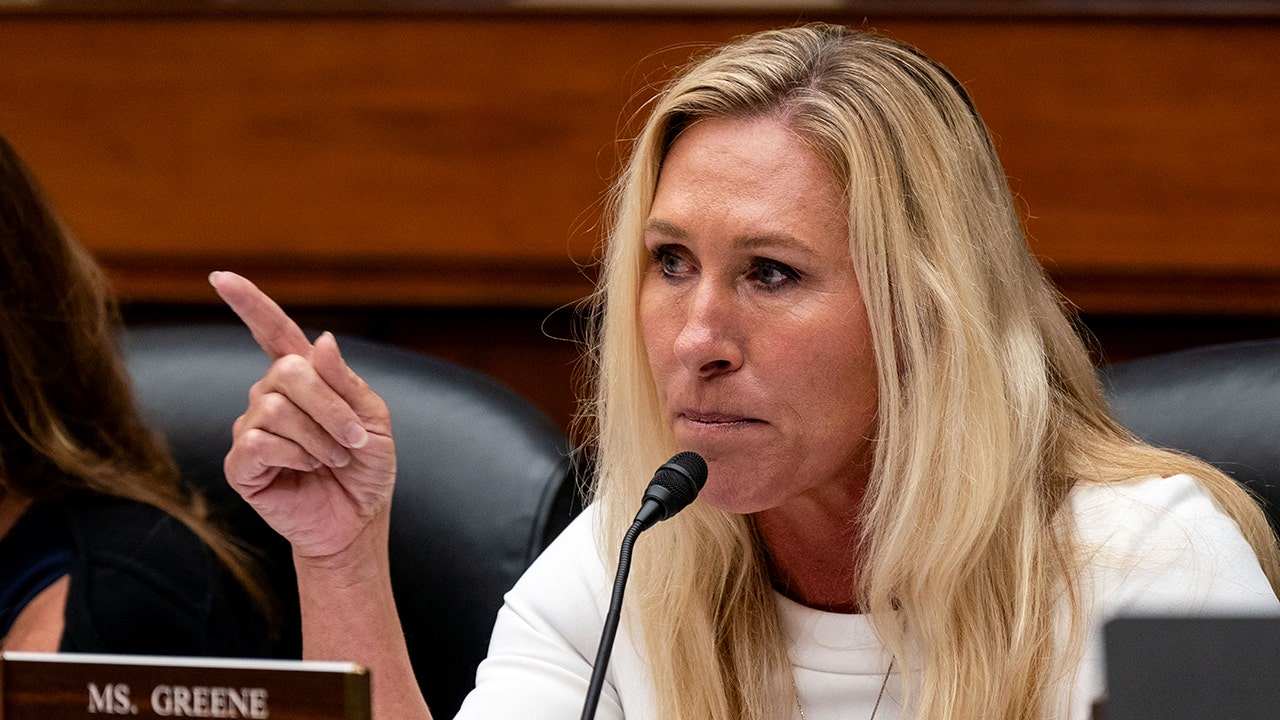Indiana
Indiana State Fair announces new safety measures, minors must have parent or guardian present after 6 p.m.

INDIANAPOLIS — The Indiana State Fair is returning next month, but there’s one safety change that could impact many Hoosiers.
Today, fair officials announced anyone under the age of 18 must have a parent, legal guardian or chaperone present starting at 6 p.m. daily.
Each adult may chaperone up to six people. However, chaperones do need to be over 21-years-old.
The fair is only allowing bags 9”x10”x12” or smaller. All bags are subject to search upon entry to the fair.
This means small bags, purses and diaper bags will be allowed in the gates, but backpacks and other large bags will not be.
WRTV
Also, the fair will not allow any weapons. Visitors will need to be screened through metal detectors at entry gates.
WRTV

“This is something that has become industry standard for fairs across the country,” Anna Whelchel, Chief Marketing and Sales Officer at the Indiana State Fair, said. “Our safety leadership works with partners and events year-round to plan for this and learn the best practices.”
The fair runs from July 28 to August 20. It will be closed on Mondays and Tuesdays.
The theme for this year’s fair is basketball.
For more information on safety guidelines and prohibited items, click here.

Indiana
Remembering blizzard of 1978: WISH-TV staff recount storm in central Indiana

INDIANAPOLIS (WISH) — Hoosiers of a certain age will never forget it, the winter weather phenomena that swept through central Indiana and brought life to a freeze.
The story was so memorable that tales have been passed down generations about the blizzard of 1978.
As WISH-TV continues to celebrate its 70th anniversary, this week’s WISH-story retells the tale of the 1978 storm.
People at the station recall over 72 hours of being stuck at work, and getting to know each other very well.
Video with this story aired Dec. 23 on News 8.
Indiana
Light showers are likely for Christmas | Dec. 25, 2024

INDIANAPOLIS (WISH) — Merry Christmas! Gray skies and showers will be the main story in central Indiana today with warmer weather and more rain chances this weekend.
TODAY: Light on/off showers are likely for Christmas. There are some patchy spots of fog this morning. High temperatures in the mid-40s which is slightly above average.



TONIGHT: On/off rain likely early on. Rainfall totals from Wednesday morning through early Wednesday night will generally be between 0.1″ and 0.5″. Cloudy skies remain. Low temperatures in the low 40s.


TOMORROW: Another gloomy day with mostly cloudy to cloudy skies and the chance of drizzle. High temperatures in the low 50s.

7-DAY FORECAST: Our next system is on the way late Friday into the weekend bringing waves of rain chances and warmer weather. Above-average temperatures will continue all the way through the end of 2024.


Indiana
Todd’s Take: Wishes For Peace In The World Of Indiana Athletics

BLOOMINGTON, Ind. – Christmas songs. You know ‘em. You love some of ‘em. You dislike some of ‘em, too.
I’m no different. I have a soft spot for “Do They Know It’s Christmas?” – a sort of touchstone for people my age. (I’m bending over backward to avoid using the term “Gen X,” a generational generalization I detest with a passion, but I digress.)
The lyrics to “Do They Know It’s Christmas?” are condescending and paternalistic in hindsight, but the purpose and sentiment of the song was genuine, and it represented a time for people my age (I was 13 when it was released) where the world seemed to be striving to be a better place.
And where else are you going to hear Simon Le Bon, Bono and Sting sing together on the same record?
On the other hand? As much as I like Paul McCartney, if I never heard “Wonderful Christmastime” and its world’s most annoying synths ever again, I would be a happy man.
Then there’s some songs where you can separate the lyrics from the song itself. “Let There Be Peace On Earth” falls into that category.
Despite what the internet may tell you – no, Vince Gill did not originate the song – when I’ve heard “Let There Be Peace On Earth” over the years, I’ve always been left cold. It fits into that sappy category I tend to avoid. It also seemed to be a favorite of music classes when I was in school, so I automatically think of it as being sung by a high-pitched children’s choir – not my thing.
However, I do like the message in the chorus. “Let there be peace on Earth … and let it begin with me.” Sappy or not, that’s a fine way to live.
And also a good way to create a theme for this column. The internet is filled with so much negativity, so I thought I’d give the criticism a break and try to find peace for the people in the world I populate – Indiana and Big Ten athletics.
No snark, no surprise attacks, honest wishes on a day where people should set the acrimony aside. So here goes.
• Indiana football coach Curt Cignetti – Now is not the right time with rosters being rebuilt and such, but when things slow down, I wish you the peace of a sense of accomplishment. Sit down in that recliner of yours and appreciate that you coached the greatest season in Indiana history.
• Indiana football fans – Find the recliner – real or metaphorical – of your own choice and find peace in how satisfying the ride was in 2024. The impossible became possible in 2024. It was a helluva journey, wasn’t it?
• Indiana men’s basketball coach Mike Woodson – The peace that comes from consistency. The peace that would come from a win over a ranked team. The peace that would come from winning a road game in Big Ten play. The peace that would come from anything that takes away the perception that the Hoosiers are spinning their wheels.
• Indiana men’s basketball fans – Peace in the form of a team that can demonstrate it can hang with the best of the Big Ten Conference. That’s an achievable goal given that the Big Ten doesn’t have a dominant team, but something the Hoosiers haven’t proven they can consistently provide yet. Until they can, that peace is hard to come by.
• Indiana women’s basketball coach Teri Moren – The peace that comes from good health – in every respect. The Hoosiers should be as close to full strength as they have been in nearly a month when Big Ten action resumes Saturday when Wisconsin visits.
• Indiana season ticket holders – The peace of a nice Christmas bonus. The price of success in football is quite literal, as I’m sure your bills have already told you. The days of cheap tickets and parking for football disappeared mid-season. Supporting the Hoosiers has never been harder on the bottom line.
• Indiana crazies – I just want you to have peace … period, that’s it, just peace, if only just for Christmas Eve and Christmas Day. The seemingly bottomless desire for a segment of fans to top themselves in the self-flagellating “we suck” or “so-and-so sucks” department is depressing, irritating and droningly repetitive. Much like the soldiers in the first year of World War I who stopped shooting at each other to meet in no man’s land to express Christmas wishes, all I ask is to give it a rest in the spirit of Christmas. Then resume fire afterward if you must.
• Indiana athletic director Scott Dolson – I wish Dolson the peace of a college athletics landscape that stabilizes in the near future. The House settlement should create some ground rules to help make this happen – assuming the settlement is approved by the courts. Dolson is well-paid to sort these matters out, but instability isn’t good for anyone.
• Big Ten commissioner Tony Petitti – Same wish of peace that was expressed for Dolson, but also, the peace of having a Big Ten team crowned a football national champion in mid-January. It would be the second in a row for the league, and I’ll admit selfishness here as I just want it for the purposes of silly, tribalistic regional pride.
• Big Ten Network – The peace of some good games during basketball season. Maybe? Just a few? It’s looking as if it might take a low win total to contend in the Big Ten as no team is dominant. Mediocre league? Your mileage may vary, but then again, the Big Ten Network always grants itself the peace of spinning it to make it look good regardless. So perhaps the wish for peace is better placed with us, not them.
I wish you and your loved ones peace as well. Merry Christmas everyone!
-
/cdn.vox-cdn.com/uploads/chorus_asset/file/24924653/236780_Google_AntiTrust_Trial_Custom_Art_CVirginia__0003_1.png)
/cdn.vox-cdn.com/uploads/chorus_asset/file/24924653/236780_Google_AntiTrust_Trial_Custom_Art_CVirginia__0003_1.png) Technology5 days ago
Technology5 days agoGoogle’s counteroffer to the government trying to break it up is unbundling Android apps
-

 News6 days ago
News6 days agoNovo Nordisk shares tumble as weight-loss drug trial data disappoints
-

 Politics6 days ago
Politics6 days agoIllegal immigrant sexually abused child in the U.S. after being removed from the country five times
-

 Entertainment6 days ago
Entertainment6 days ago'It's a little holiday gift': Inside the Weeknd's free Santa Monica show for his biggest fans
-

 Lifestyle6 days ago
Lifestyle6 days agoThink you can't dance? Get up and try these tips in our comic. We dare you!
-

 Technology1 week ago
Technology1 week agoFox News AI Newsletter: OpenAI responds to Elon Musk's lawsuit
-
/cdn.vox-cdn.com/uploads/chorus_asset/file/25672934/Metaphor_Key_Art_Horizontal.png)
/cdn.vox-cdn.com/uploads/chorus_asset/file/25672934/Metaphor_Key_Art_Horizontal.png) Technology1 day ago
Technology1 day agoThere’s a reason Metaphor: ReFantanzio’s battle music sounds as cool as it does
-

 News2 days ago
News2 days agoFrance’s new premier selects Eric Lombard as finance minister



















